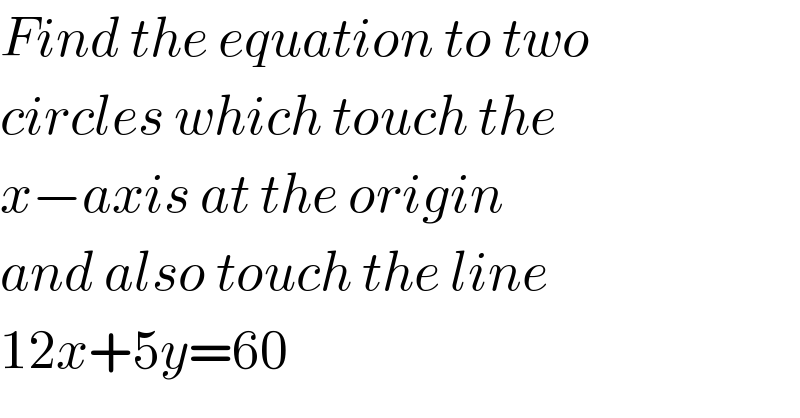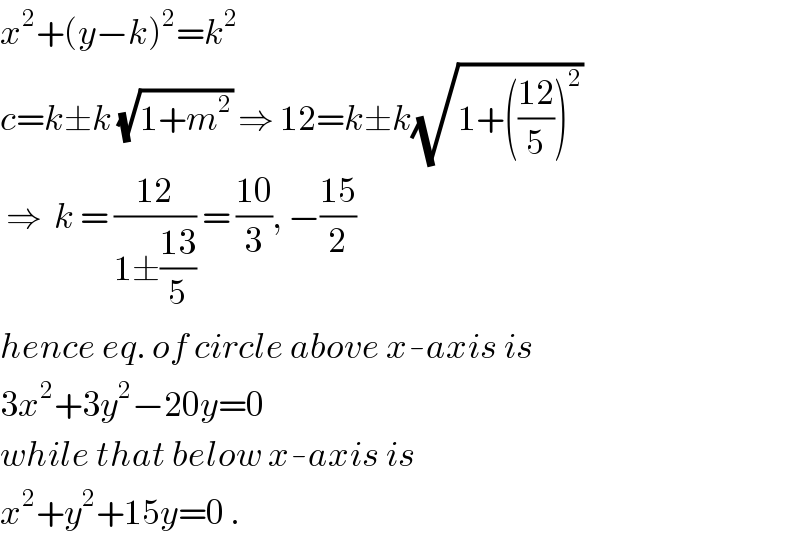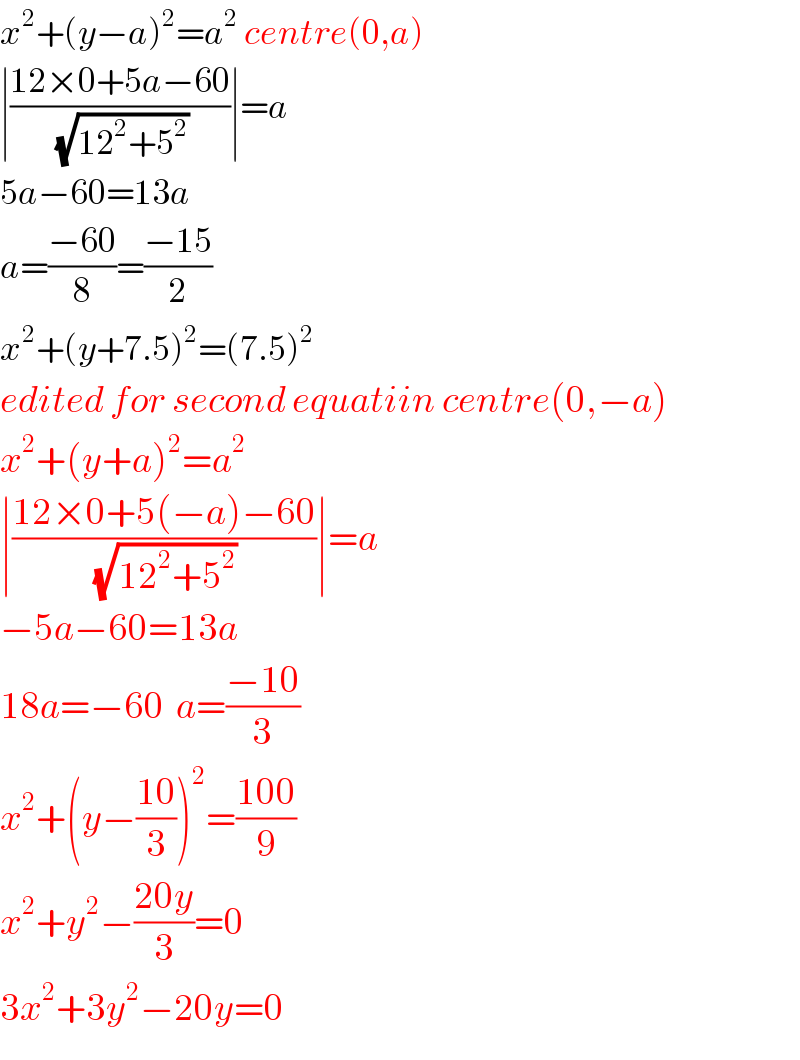
Question and Answers Forum
Question Number 54270 by peter frank last updated on 01/Feb/19

Answered by ajfour last updated on 01/Feb/19

Answered by tanmay.chaudhury50@gmail.com last updated on 01/Feb/19

| ||
Question and Answers Forum | ||
Question Number 54270 by peter frank last updated on 01/Feb/19 | ||
 | ||
Answered by ajfour last updated on 01/Feb/19 | ||
 | ||
| ||
Answered by tanmay.chaudhury50@gmail.com last updated on 01/Feb/19 | ||
 | ||
| ||